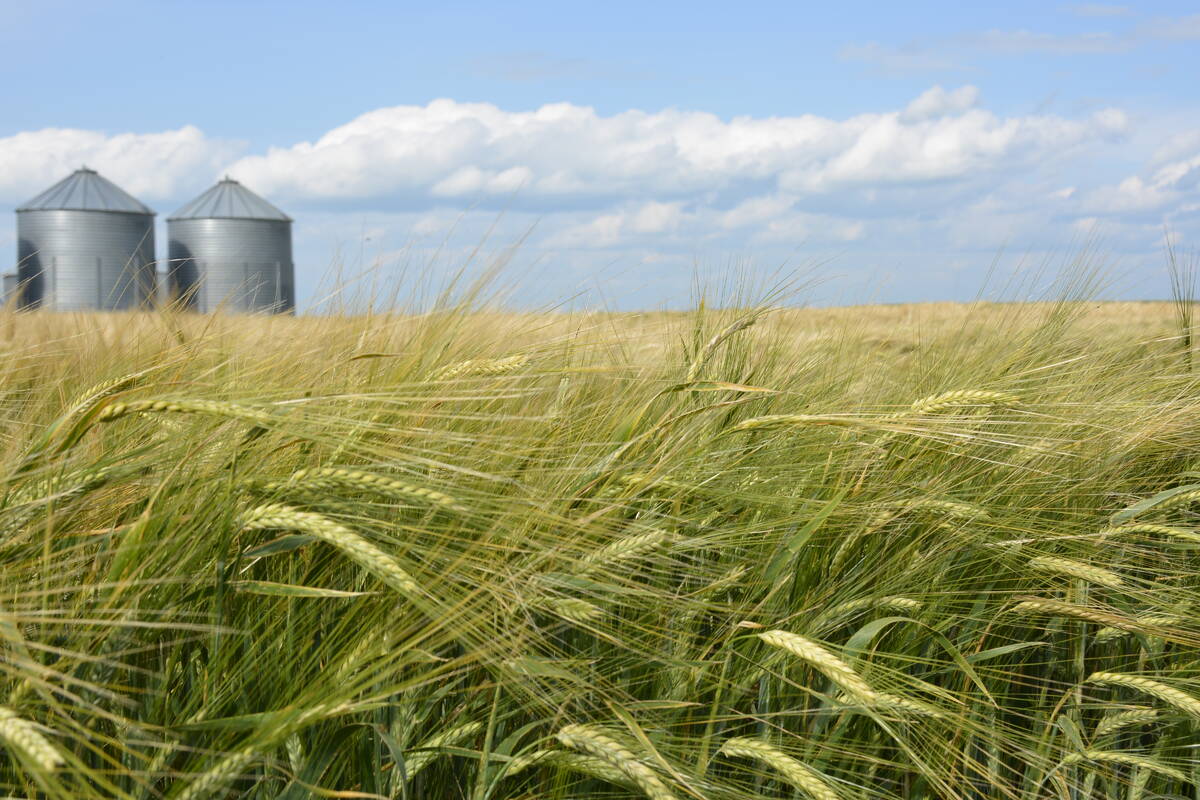Soil ecologist Nancy Lee takes a gram of soil from a sample, dilutes it and places it under the microscope.
Upon close examination, she is able to see a well populated community of microorganisms that are essential to soil health.
That kind of biological analysis is one of the tasks completed at the Soil Foodweb Canada laboratory in Vulcan, Alta.
When a sample of soil or compost arrives at the lab, Lee counts the bacteria, fungi, nematodes and protozoa, both active and dead.
Read Also

StatCan stands by its model-based crop forecast
Statistics Canada’s model-based production estimates are under scrutiny, but agency says it is confident in the results.
“This gives you an idea of how productive that compost or soil or tea (compost) is,” she said.
Protozoa and nematodes release nitrogen, phosphorus, potassium and sulfur into the root zone when they excrete waste or eat each other, which makes it more available to plants.
“All the microfauna and microflora are doing is looking for food and they don’t care where it comes from,” she said.
Soil Foodweb, which has labs across Canada, also offers education programs to clients who are interested in restoring soil health. They are taught that a triangle of sciences is at play and learn the symbiotic relationship between soil physics, chemistry and biology.
“Everybody is trying to move toward a model where all three components of the soil are appreciated and working together,” she said.
It can be a complete reversal in thinking about modern agriculture.
“Many people don’t realize that, and the soil is being treated in the agriculture industry based off of economic dollars and the total health of it is totally forgotten,” said company head Bob West.
The company also believes that residue left by the harvest or manure needs to be turned under the soil surface to nourish the wide population of microbes living in the root zone. Its international projects talk about incorporating nutrients and aerating soil because nutrient depletion is a worldwide problem.
“All the nutrients that were pulled from the ground oxidize and go into the air,” West said.
The layers of residue on the surface do little to return nutrients back into the soil, he added.
The company promotes use of the agri-plow, which opens up the soil and works in residue up to 24 inches, although half that depth is probably sufficient.
Fields are not black. Rather, they contain trash on top because it is a minimum tillage system.
“The soil is a living, breathing organism,” he said.
Soil can’t breathe if too much trash on top seals the surface, which results in less productivity and more compaction.
“Whenever we can get guys to use more of their aerobic zone, they are farming that much more dirt. That crop has the ability to draw nutrients and moisture from a deep root zone.”
Increasing salinity is another problem on the Prairies.
The appearance of more dandelions, kochia and foxtail means salt is taking over the soil. The soil goes dormant or turns alkali if these plants do not absorb the salt.
Many chemicals and fertilizers contain salt as a carrier or preservative. Wet years and irrigation also brings naturally occuring salt to the surface, resulting in the loss of beneficial bacteria.
The company also promotes the use of foliar fertilizers because it believes they are more efficient than soil based nutrient delivery and produce better chlorophyll management and nutrient correction.
West said better management methods will help microorganisms return and create a healthy balance of subsurface ecology.
“Mother Nature is good at responding given a chance, but how many guys are giving it a chance?”
Soil 101
Healthy soil:
• Warms up quickly in the spring and does not crust after planting
• Soaks up heavy rain and stores it for dry spells
• Resists erosion and nutrient loss
• Does not require increasing amounts of fertilizer to maintain good yields
Soil bacteria:
• Decomposes dead organic matter
• Retains and recycles nutrients
• Builds soil structure and suppresses disease
Soil fungi:
• Breaks down cellulose, lignin, wood
• Recycles, stores and transports nutrients
• Give the soil structure and holds it together
Mycorrhizal fungi:
• Have a symbiotic function with the roots of the plant
• Grab the nutrients that are unavailable to the plant and make them available through fungal enzymes
• Build walls around roots, protecting infection sites and producing antibiotics
Protozoa:
• Feed on bacteria, making nutrients immediately available to the plants
• Are responsible for 40 percent of net mineralization of nitrogen
Nematodes:
• Beneficial nematodes eat and digest bacteria, fungi, protozoa and other nematodes, making nutrients available to plants
• Build soil structure, making tunnels and creating aerobic conditions in the soil
• Some nematodes eat and digest root-eating nematodes

















